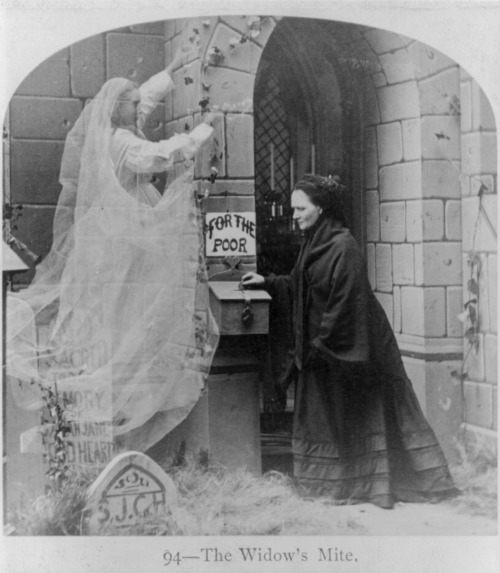Full details follow:
You can find out more about thes presentation here and here. You can get directions to Observatory--which is next door to the Morbid Anatomy Library (more on that here)--by clicking here. You can find out more about Observatory here, join our mailing list by clicking here, and join us on Facebook by clicking here.
Nature as Miniaturist: An Illustrated Survey of the Bogs of Southern New Jersey An Illustrated lecture and specimen demonstration with author, artist, and Gentleman Naturalist Lord Breaulove Swells Whimsy
Date: Thursday, August 5th
Time: 8:00
Admission: $5
Presented by Morbid Anatomy
Copies of Whimsy's book The Affected Provincial’s Companion, Volume One will be available for sale and signing
Tonight, author, artist and Gentleman Naturalist Lord Breaulove Swells Whimsy will be giving an illustrated lecture on the botanical oddities found in the ancient, Ice Age bogs of the New Jersey Pine Barrens. These tiny, alien worlds are home to rare orchids, carnivorous plants, and bizarre species of plants and animals–some of which are found nowhere else on Earth. Whimsy, a lifelong resident of the Pine Barrens, will also give a demonstration of how to build and maintain your own container garden for these strange, wonderful plants. Live specimens of these plants will be on display, and care sheets for carnivorous plants like Venus Flytrap will also be made available. Whimsy’s book The Affected Provincial’s Companion, Volume One will also be available for sale and signing.
Lord Breaulove Swells Whimsy (aka V. Allen Crawford III) is an artist, designer, author, failed dandy, bushwhacking aesthete, and middle-aged dilettante. Whimsy is the author of The Affected Provincial’s Companion, Volume One (Bloomsbury), which has been optioned for film by Johnny Depp’s production company, Infinitum Nihil. He and his wife are proprietors of Plankton Art Co., an illustration and design studio. Their most notable project to date is the collection of 400 species identification illustrations that are on permanent display at the American Museum of Natural History’s Hall of Ocean Life.
Photo courtesy Bruce Hamilton
The Pornographic Arcades Project: Adaptation, Automation, and the Evolution of Times Square (1965-1975) An Illustrated lecture with Amy Herzog, professor of media studies and film studies program coordinator at Queens College, CUNY
Date: Friday, August 6
Time: 8:00
Admission: $5
Presented by Morbid Anatomy
Walter Benjamin, in his fragmentary Das Passagen-Werk, illuminated the resonances between urban architectural structures and the phenomena that define a cultural moment. “The Pornographic Arcades Project” is a work-in-progress, seeking to build on Benjamin’s insight to ask what a study of pornographic peep show arcades might reveal about the cultural imaginary of the late twentieth century.
Motion picture “peeping” machines have existed since the birth of cinema, and were often stocked with salacious titles. Public arcades devoted to pornographic peep booths only began to appear in the late 1960s, however, although once established, they proliferated wildly, becoming ubiquitous features in urban landscapes. Outfitted with recycled technologies, peep arcades were distinctly local enterprises that creatively exploited regional zoning and censorship laws. They became sites for diverse social traffic, and emerged as particularly significant venues for gay men, hustlers, prostitutes, and other marginalized groups. The film loops themselves often engage in a strange inversion of public and private, as “intimate interiors” are offered up to viewers, at the same time that the spectators are called out by the interface of the machines, and by the physical structures of the arcades.
Peep arcades set in motion a complex dynamic, one that sheds light on wider contemporary preoccupations: surveillance videography and social control; commodification, fetishization, and sexual politics; debates regarding vice and access to the public sphere. Less obvious are they ways in which the arcades subvert far older fascinations, such as technologies of anatomical display and the aesthetics of tableaux vivants.
Amy Herzog is associate professor of media studies and coordinator of the film studies program at Queens College, CUNY. She is the author of Dreams of Difference, Songs of the Same: The Musical Moment in Film (Minnesota, 2010). She recently curated an exhibition at The James Gallery, CUNY Graduate Center on the dialogue between pornographic peep loops and contemporary art practices; you can find out more about that exhibition, entitled “Peeps”, by clicking here.











































